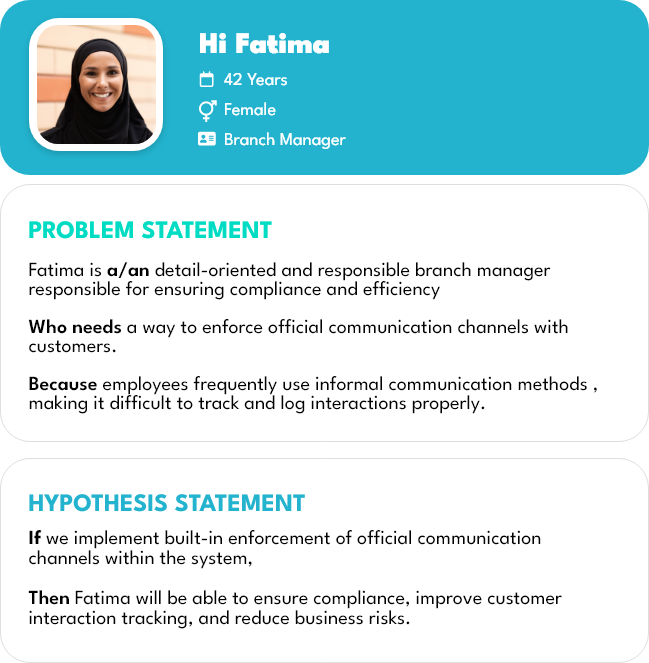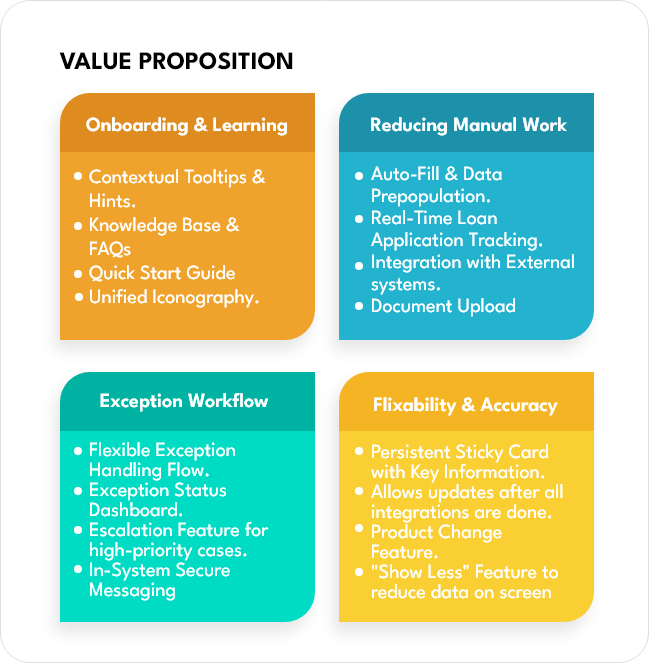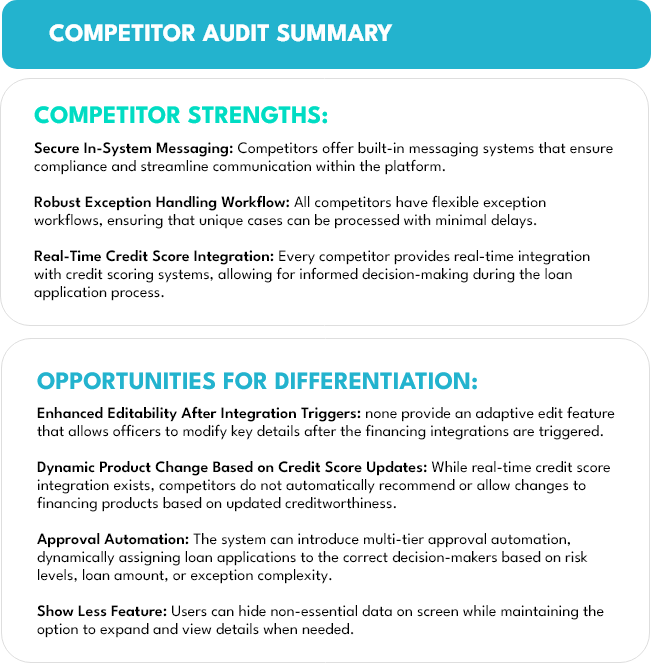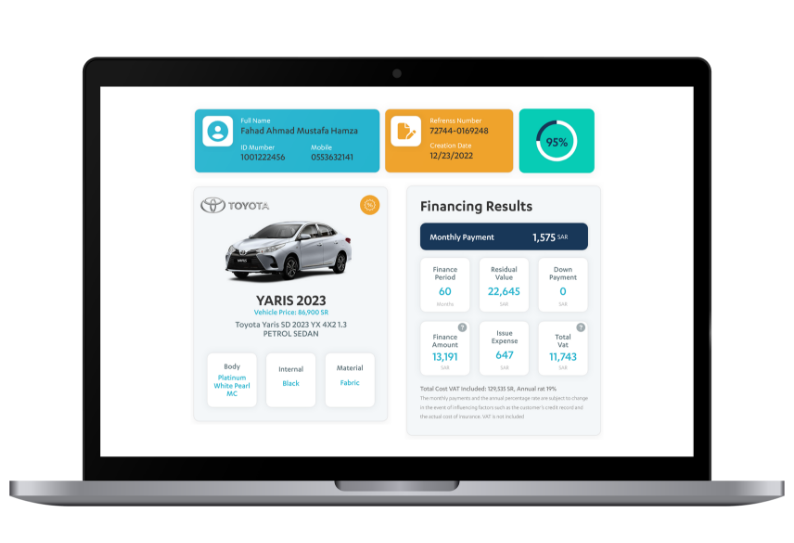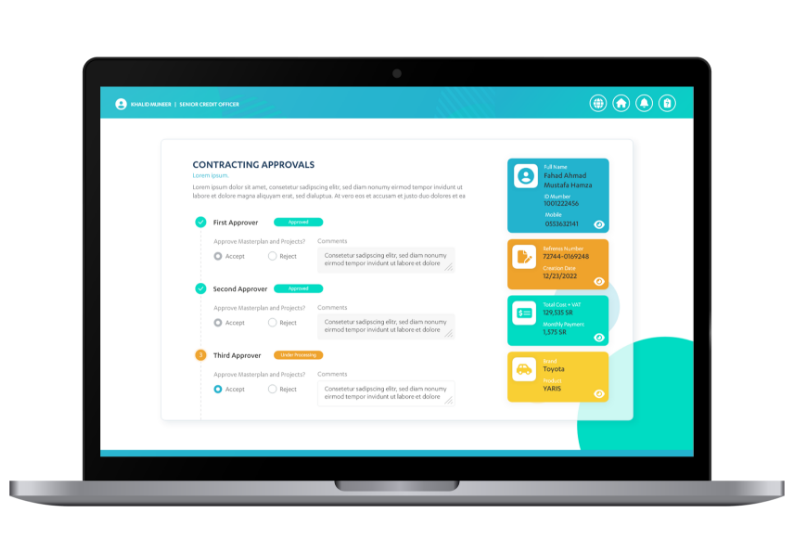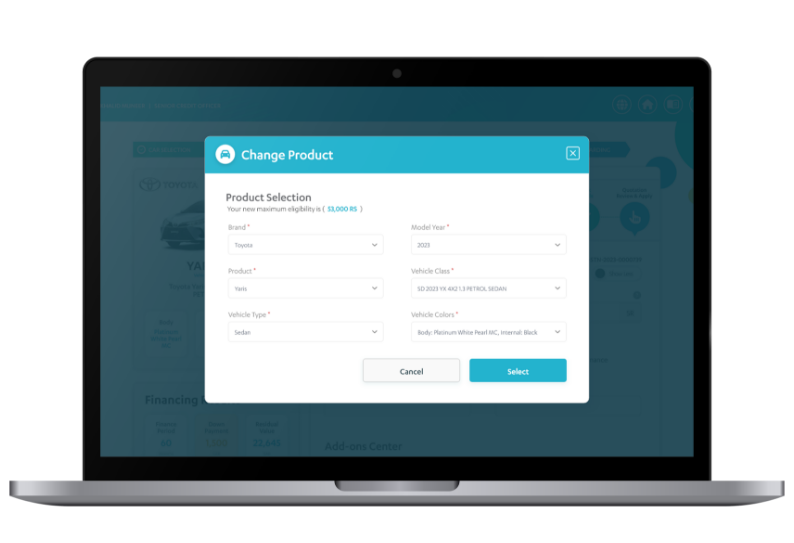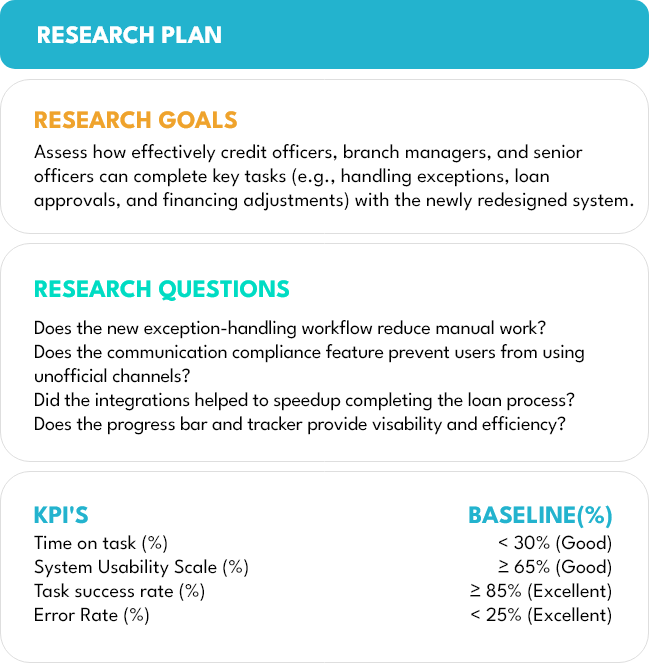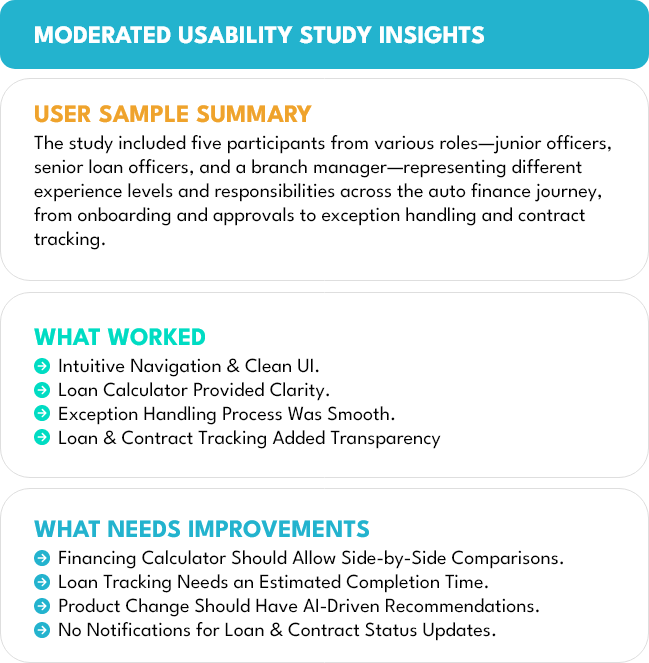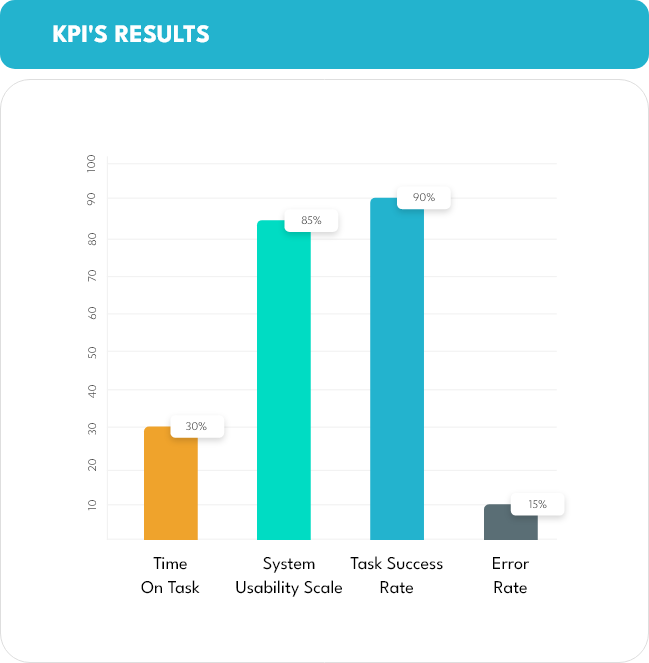The current system faces workflow inefficiencies, rigid exception handling, compliance risks, and a steep learning curve for new users. Credit officers, branch managers, and senior loan processors struggle with manual interventions, slow processing times, and limited visibility into application progress. Additionally, unofficial communication channels pose compliance risks.
The redesign aims to streamline loan processing, improve decision accuracy, enforce compliance, and enhance user experience. By introducing dynamic exception handling, real-time credit score updates, automated approval workflows, and intuitive UI enhancements, the system will empower credit officers, ensure regulatory compliance through an adaptive financing experience.
The system will be restructured with a redesigned workflow that minimizes manual effort, dynamic exception handling, compliance-first communication framework, and a seamless system integrations. This transformation will make the system faster, smarter, and fully compliant, driving operational excellence and improving employee experiences.






